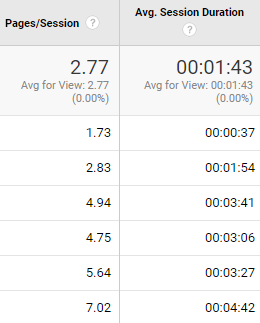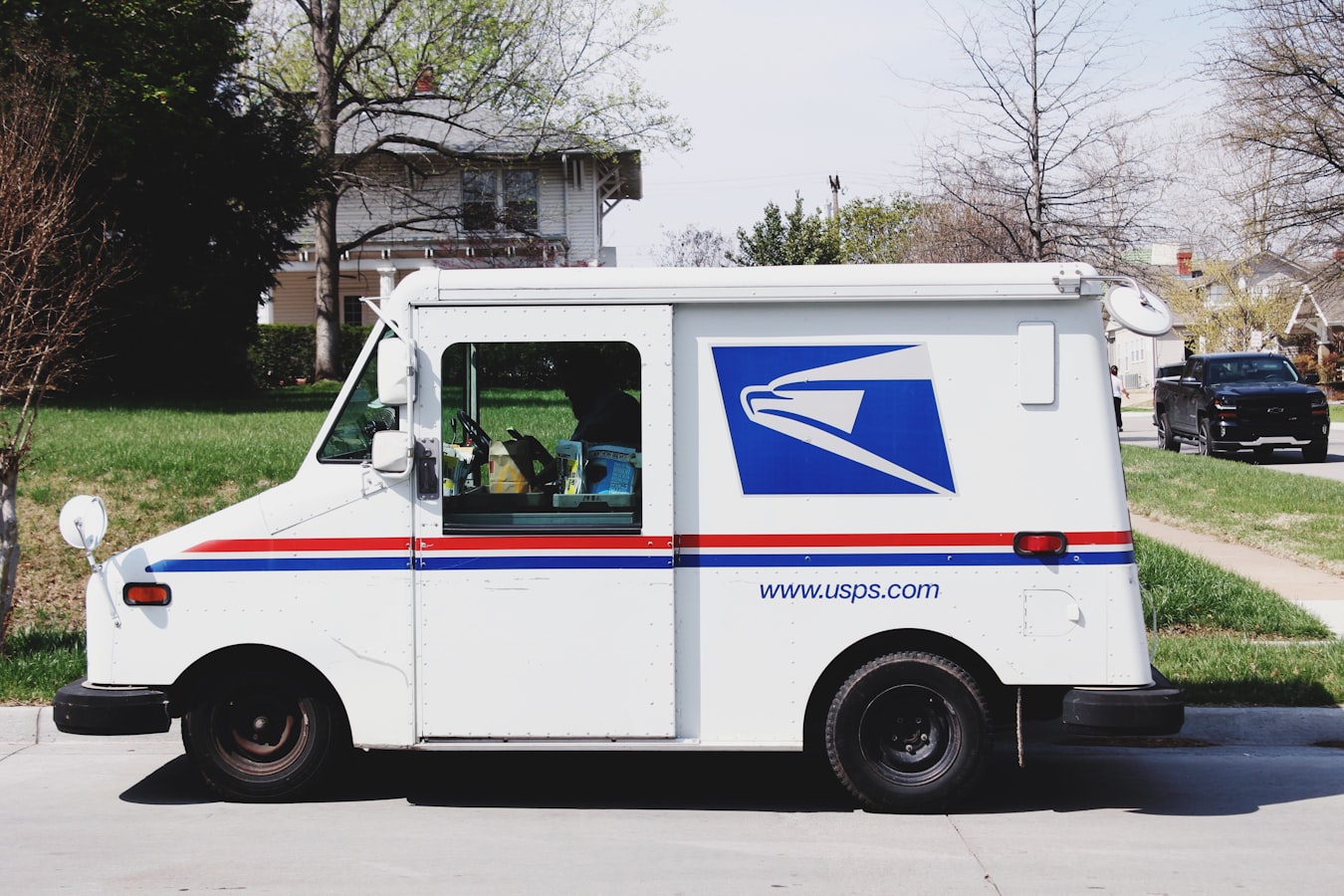Disclosure: Some of the links below are affiliate links, meaning, at no additional cost to you, Storehacks may earn a commission if you click a link to an external source.
“A goal properly set is halfway reached.”
– Zig Ziglar
Most goal setting articles that you’ll read about there are focused on setting goals for personal growth or corporate purposes. But if you’re reading this, you probably don’t fall into either of these categories.
This article instead will focus on setting goals half way between corporate life and personal life – and that is setting goals specifically for your ecommerce side-hustle.
You’re going to see how to set goals for a wide range of aspects for your ecommerce store, including:
- The importance of setting goals for business growth
- How to set achievable ecommerce goals
- Some overlook goals and growth experiments you can implement
But before we dive specifically into goal setting for an ecommerce store, let’s take a look at some of the benefits of goal setting and how they can relate to your the ecommerce world.
The benefits of goal-setting.
The isn’t the first time in your life that you’ve heard about goal setting and it’s surely not going to be the last. But regardless of how many times you’ve heard the cliche, goal setting is crucial to moving you forward in life, and in business.
Why?
If you plan to climb Mt Everest, do you get up off your couch, fly to Nepal and then just stroll on up there?
No, you don’t.

Goal setting breaks massive feats into smaller tasks.
Goal setting takes you from your couch to your local park in order to build up fitness for summiting Mt Everest.
Goal setting then takes you through the process of finding and using the right equipment.
It takes the unachievable and, through hard work, ingenuity, and discipline, makes it achievable.
Goal setting and ‘success’.
What’s your definition of success? Is it having a decent sized house with a pool, 3 cars and the ability to holiday whenever you want, wherever you want?
That depends on one thing – what your goal is.
If I set out to get up from my desk and go to the fridge, does that make me successful?
I set a goal and achieved it. I am a success.
Let’s expand that concept a little more. If your goal is to sell 100 units of a new product in the next week, do you just set that goal and wait for it to happen?
Of course not. You need to make sure that your buying process is set up correctly. You need to make sure your conversion rate is good. You need to make sure that you’re marketing the product to the right people.
So while the trip to the fridge and selling 100 new units in a week are a little different, one thing is consistent in making them successful – having the goal set, and a process to get there.
Setting the right ecommerce goals
So now that you’ve seen the importance of goal setting, you’re about to see how all these concepts can be applied to your ecommerce store.
There’s one acronym that’s going to help you reach your goals in a healthier, clearer and more constructive way – and it’s an acronym that you’ve no doubt heard before.
S.M.A.R.T.
S.M.A.R.T goals.
I’m not going to go into too much detail about this concept, but the principle is as follows:
Ensuring that each goal you set is Specific, Measurable, Attainable, Realistic and Time-based.
You can read more about SMART goals here.

If you’re to set goals regularly, and consistently reach them and implement what you’ve learned, it’s crucial that you apply the SMART concept to each and every goal. WIthout documenting the finer points of what you want to achieve, you’re not goal setting, you’re doing nothing more than hoping.
Now, let’s dive into the good stuff – the elements of your online store that you can set goals to grow in the coming year.
1 – Revenue by channel
If your Google analytics is set up for your ecommerce store, you should be able to see which channels generate the most revenue. If you’re using an ecommerce platform like Shopify, you should be able to see it too.
One goal that you can aim for, is to increase the amount of revenue by a sales channel that you feel is struggling.
One of those sales channels may be affiliates. You may consider increasing the incentives that your affiliates and influencers get for making a sale, thus encouraging them to push your product a little more.
Note: Increasing traffic from a certain channel is totally different to increasing revenue from that channel.
In order to make sure that traffic from a specific channel converts, you will have to make sure that your checkout process is as friction-free as possible, This may mean building specific landing pages for traffic that comes from specific channels.
2 – Average order size
Increasing the average order size, sometimes also known as average cart size or average spend, is a very very overlooked way of increasing your profits.
One of the reasons for this is that ecommerce entrepreneurs like yourself are often encouraged to increase sales by selling a single product to more people. But the fact is it’s much easier to get someone to spontaneously throw in a little something extra into their shopping cart.
One way to do this is to have a minimum spend for free shopping. Take a look at your most popular selling product. Set the free-shipping threshold slightly above the price of that product. Then, introduce (and promote) new products that, when added to a cart, take the cart to spend over that minimum threshold.
You can advertise these ‘little extras’ at the bottom of a product page as a ‘people who bought product X also brought…’. This keeps engaged buyers in by mode as they’re getting extra value (free shipping) for what they spend.
3 – Session duration
Increasing the time that people spend on your website may not result in more sales. It might not result in more profits either and it’s probably not going to even get you more traffic to your product pages.
So why would you bother trying to increase the time on page?
Trust.

The more time that people spend on your page, the more they are reading, consuming, watching and digesting your content. Not only is a high time on page good for your SEO efforts, but again, it’s great for trust.
Blogging for your ecommerce store is a concept that’s often frowned upon by many ecommerce entrepreneurs, as it doesn’t result in direct sales. And while that might be true, not all ecommerce brands are looking for quick in and out sales.
Many ecommerce brands are out there to build a life-long business, a brand that can be handed down to the next generation – a brand that becomes a household name.
And to create a brand like that, you need trust.
By regularly creating a blog that’s informative, educational and possibly even a little entertaining, you’ll start to build such a brand. And you’ll know you’re doing so when your ‘time on page’ starts to increase.
4 – Conversion rate by device
There’s no doubt that in 2019, mobile sales are only going to grow. More people are spending more time on their mobile devices, and they’re buying more things. Google recently announced that it now percieves mobile versions of a webpage as being more important than standard versions.

So one goal you can set for 2019 is to increase your conversion rate by device. That device may be mobile, or it may be desktop. It may also be specifically for a tablet.
There’s a number of ways to do this. To increase mobile conversion rates, you obviously need to make sure that your website has a AMP (Accelerated Mobile Page) version. Secondly, you’ll also want to make sure that there are no distractions for mobile visitors, and that everything is laid out and easy to navigate.
If you’re trying to increase conversion rates for desktop devices, you may like to make your online store more interactive. You may like to include a ‘related products’ tab to encourage people to continue to browse and buy.
If you’re finding that your current conversion rate by device is very very skewed, consider making it a high priority to bring the conversion rate to a more consistent number.
5 – Delivery time
This point may be a little out of your control if you’re drop shipping or selling via POD, but the concept is ultimately the same no matter where your products are dispatched from.
Make sure that your customer gets their product in the shortest amount of time possible.
If you’re dispatching from your own warehouse (eg, your own garage), consider using a third-party fulfillment center to dispatch your items. This means that you can free up a lot of your time and resources that you usually dedicate to sending packages to customers, as someone else does it for you.

A 3PFC (Third Party Fulfilment Centre) also takes care of returns, meaning less headache for you.
Furthermore, if you’re based in the US and want to expand into the European market, consider using a European-based 3PFC. Rather than sending ever package from one side of the Atlantic to the other, you can send packages in bulk (thus saving you money), and European orders will be sent from the European distributors’ warehouse.
The most important thing here is that your customer will receive your product much quicker.
6 – Customer reviews
Customer reviews may seem like a meaningless metric to try and increase. But it’s a very important part of social proof, especially if you’re ecommerce brand is just starting out.
By setting a goal to gather and show off customer reviews on your site, you’ll be reassuring new (and wary) customers that your brand is a genuine brand that people engage with and actually desire.
It’s also a great way to get started with micro-influencers and user-generated content.
7 – Email conversions
Email marketing is the old dog of ecommerce.
It's been around for years and has never really been revolutionized in any way.
And that’s ok because it doesn’t need to be.
You just need to up your email-, marketing game and get it working for you.
As an ecommerce brand, many of your past customers probably aren’t going to be too interested in getting a weekly newsletter, so don’t bombard them with that. Arguably, the only real thing that past customers are interested in is either:
- Discounts
- New products
If you’re genuinely trying to get your email marketing to convert into revenue, these are the best things to focus your email marketing on.
Only email people when there’s a noticeable discount on, or you’re launching a new product.
Take this concept to the next level with user segments. The more you know about your customer, the more effective you can market toward them.
Only email people when there’s a noticeable discount on a product similar to one they’ve bought in the past or you’re launching a new product similar to one they’ve bought in the past.
As mentioned, the more you know about your customer, the more effective your email marketing can be. Reach out to people via email with incentives to buy again based on their purchase history. This is a powerful way to increase your profits from email marketing.
8 – Organic backlinks
Ecommerce SEO is a creature that’s best left for another day.
But even if you’re not an SEO pro, backlinks can help you bring relevant, engaged and ready to buy referral traffic.
Naturally acquired backlinks are a great way to spread your brand’s name amongst a relevant audience. And to get them, you may have to partake in an unusual activity for this day and age – traditional PR.
Got a new product? Write a blog about it. Send emails to outlets, bloggers and influencers that have audiences made up of your ideal customer.
If you’ve got a fantastic product and want the world to know it, the best way to do so is to shout it out loud. This is the best way to get your product featured on a website like the Buzzfeed gift guide.
There are many smaller bloggers and websites that source content from major players like Buzzfeed. Getting mentioned on a high-traffic website like that results in a snowball effect. Not only are you mentioned by (and linked to) by Buzzfeed, but other outlets mention you and give you that juicy backlink.
Whether or not SEO is a part of your game plan in 2019, some tradition PR in the sense of emailing journalists and bloggers in your field can have some truly rewarding.
Your turn to set some goals
Now that you’ve seen how to set some achievable goals, and what some of those goals may be, it’s time to set the wheels in motion.
Remember to not bite off more than you can chew, though. In setting goals, it’s best to only undertake one thing at a time. If you’re trying to increase revenue by email marketing, as well as social media, you may spread yourself a little thin.
Focus on one time-based goal, and at the end, study the results and see if it should be done again, scrapped, or put into regular use. Remember, when goal setting, it’s best to do one thing really well, opposed to a lot of things in an average way.
So with that in mind, it’s time to stick your head down and bum up and get those goals in motion. What are some of your other ecommerce goals for the year? Let us know in the comments!


